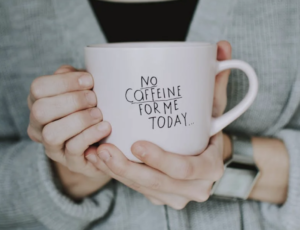By Richard Tardif
It’s so sweet that it’s heavenly.
And you’re going to ingest large amounts of it because, well, it’s in so many of our drinks and foods and tastes so, well, OMG! We’re talking Aspartame. It’s 200 times sweeter than sugar and manufacturers can use less in their products while hyping it as a panacea to weight loss. The artificial sweetener can be found in over 6,000 products and reportedly consumed by more than 250 million people.
Aspartame is made of the two amino acids, phenylalanine and aspartic acid, and methanol. At high enough levels the triple play has been linked to headaches and panic attacks, to name a few, but it is still permissible in low doses in our foods and drinks.
Its 1980s marketing pitch was that it’s a great way to cut back daily calorie consumption and lose weight. Turns out, aspartame is a violation of sound nutrition principles (no kidding) and counterproductive to weight loss (I’m not kidding).
That’s because our body learns to feel full by associating with certain tastes as we eat, including sweetness. The best description of this phenomenon came from a Montreal doctor I heard at a health and wellness summit in Ottawa this year who summed it up like this – Diet sodas taste sweet, so your body thinks, “I now have calories to turn into energy.” But with aspartame our brain isn’t fooled, and reports, “That wasn’t full of calories. My body has no energy. We need some energy.” So we eat more and usually its sugar filled products, which is what we were trying to avoid in the first place.
Here is the best advice I received to help me reduce my aspartame intake
The best zero calorie drink is water. Period. A drink that has colour and a sweet sugary taste, but zero calories is one heck of a processed food. If it has no vitamins or minerals, it’s not food. Period. Low fat means there is probably some artificial sweetener involved. Period. It took me ten years to understand this.






